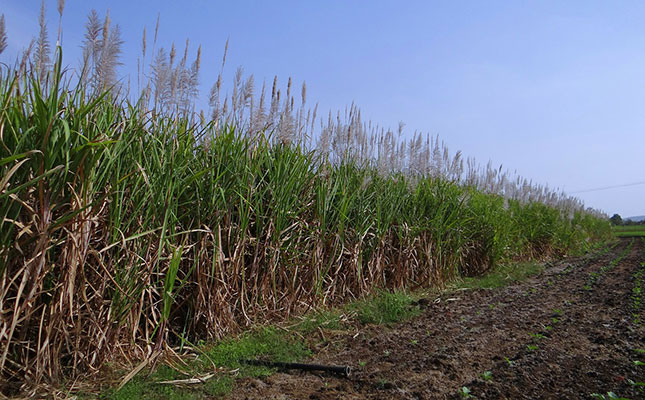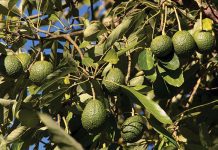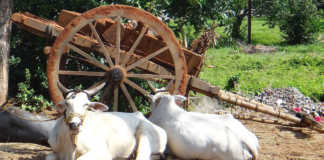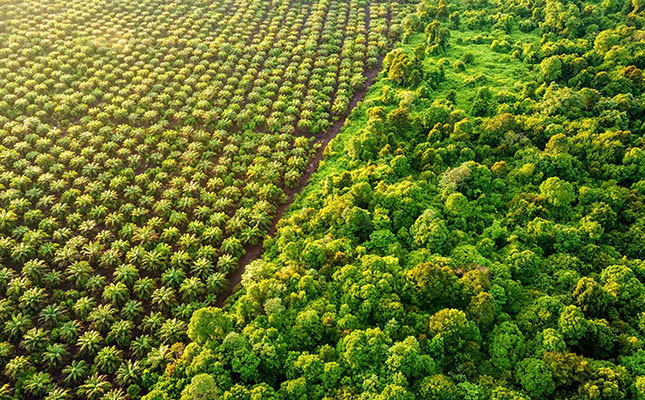
According to the report, only the overall international sugar price index increased during this period.
However, this benchmark for global food commodity prices indicated that in December 2023, the sharpest decline in international sugar quotations was seen compared with the previous month.
They averaged 118,5 points in December, or a 1,5% decline compared with November, and were 10,1% lower than December 2022.
READ Dry weather puts serious strain on global sugar reserves
“The plunge in sugar quotations was mainly driven by the strong pace of production in Brazil, along with reduced use of sugarcane for ethanol production in India,” according to the report.
The FAO Food Price Index tracks monthly changes in international prices of a set of globally traded food commodities.
According to the report, the Cereal Price Index increased 1,5% in December compared with November due to an increase in wheat, maize, rice, and barley prices, partly due to logistical disruptions that impeded shipments from major exporting countries.
In annual terms, this index was 15,4% lower than the 2022 average, which could be ascribed to “well-supplied global markets”.
However, the FAO’s monthly All Rice Price Index, which forms part of the Cereal Price Index, rose 21%, largely as a result of concerns about the impact of the El Niño weather phenomenon on global rice production, as well as the fallout from the export restrictions imposed by India last year.
By contrast, the Vegetable Oil Price Index fell 1,4% in December, compared with November, which indicated subdued purchases of palm, soya, rapeseed and sunflower seed oil, the report said: “with soya oil in particular impacted by a slowdown in demand from the biodiesel sector as well as improving weather conditions in major growing areas of Brazil”.
READ Agriculture and food systems take a back seat at COP28
Overall, this index was 32,7% lower year-on-year in 2023. There was a 1% decline in the Meat Price Index compared with November, falling to 1,8% below that of December 2022.
According to the report, this was an indication of persistent weak import demand for pork from Asia.
“Regional buying interest also slowed for bovine and poultry meat despite ample exportable supplies in large producing regions. Ovine meat prices by contrast rose ahead of [the] holidays.”
The only exception during the period under review was the Dairy Price Index, which rose 1,6% percent from November, but was still 16,1% lower than in December 2022.
The report indicated that this monthly increase was fuelled by higher price quotations for butter and cheese, which were underpinned by “strong internal sales in Western Europe ahead of the holiday season. At the same time, strong global import demand led international whole milk powder [prices] to rise.”













